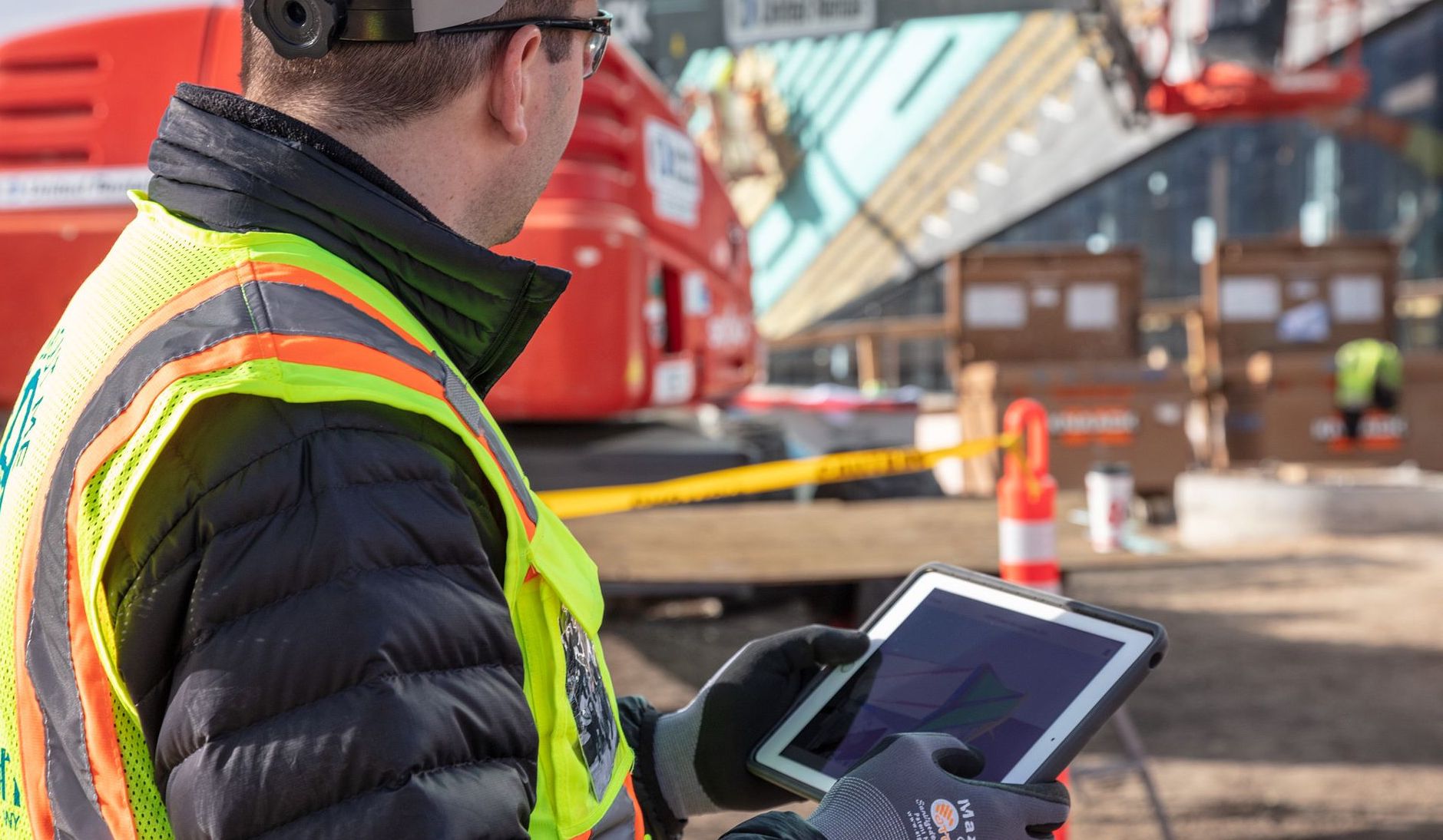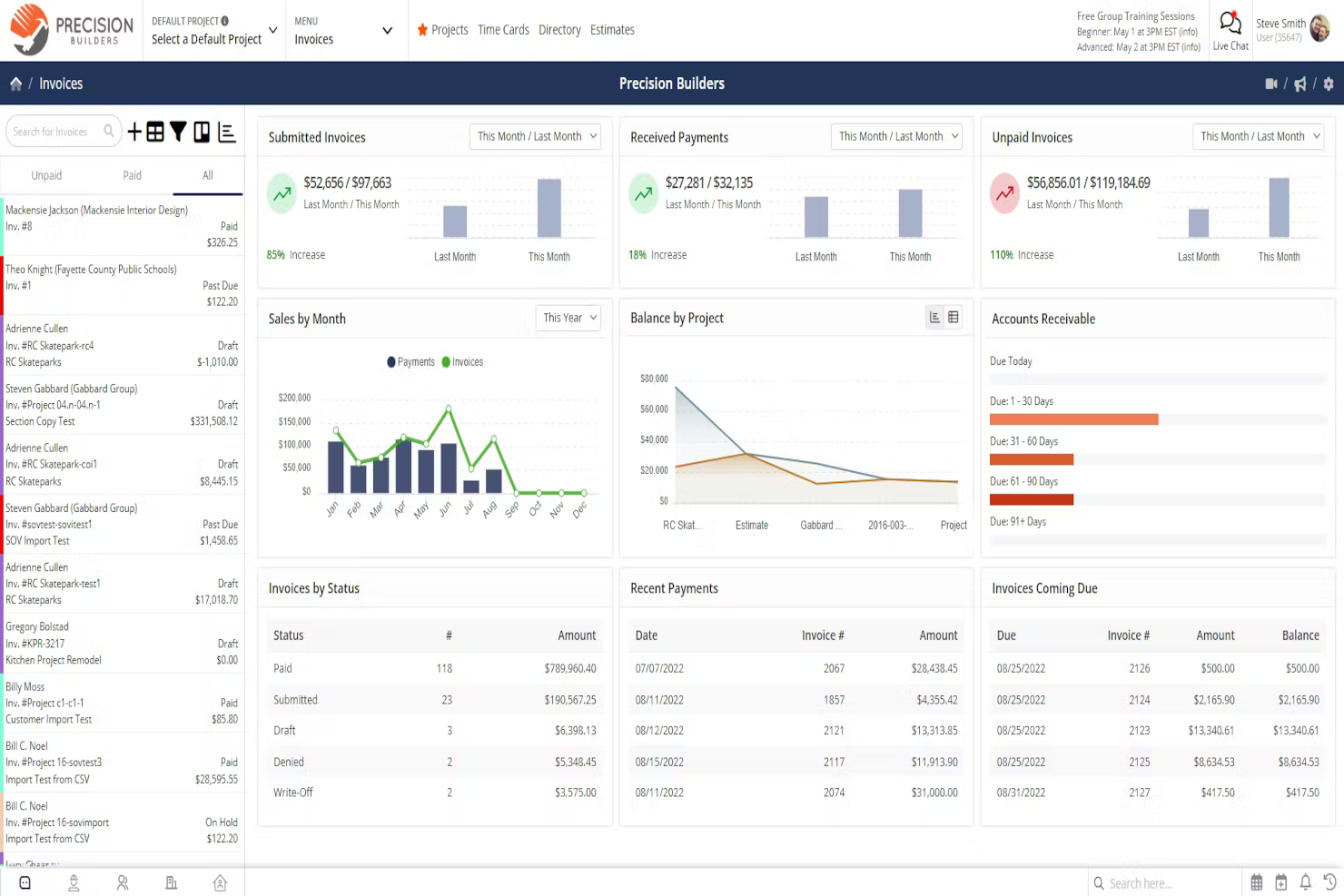Comprehensive Construction Software Solutions for each Project Demand
Comprehensive Construction Software Solutions for each Project Demand
Blog Article
Advanced Construction Administration Software Application: Enhancing Performance and Collaboration in the Market
In an industry where accuracy and effectiveness are paramount, the combination of innovative building administration software program has reinvented the means tasks are planned, executed, and monitored. By using real-time job tracking abilities, improved resource allowance features, and seamless interaction systems, these software program remedies have actually ended up being indispensable tools for building and construction professionals aiming to boost their productivity and foster stronger synergy.
Benefits of Advanced Construction Software Application
The utilization of advanced construction software dramatically improves efficiency and task end results within the building and construction market. With functions like automated scheduling, real-time partnership tools, and data analytics, project managers can more properly strategy, track, and monitor task progress.
In addition, progressed building software helps improve communication and partnership among project stakeholders. With centralized systems for sharing job papers, tracking modifications, and communicating updates, groups can function a lot more cohesively towards typical job goals. This promotes far better decision-making, decreases the probability of mistakes, and boosts general job quality.
Additionally, progressed construction software offers insights through information analytics that can aid determine fads, optimize processes, and reduce dangers. By leveraging data-driven knowledge, building and construction companies can make more educated choices, adjust to transforming task characteristics, and ultimately drive better task results. Generally, the advantages of advanced building software program are important in enhancing efficiency, collaboration, and project success within the construction sector.
Real-Time Job Tracking Capacities
With the seamless assimilation of real-time job monitoring capacities, building groups can successfully check progress, enhance decision-making, and make sure project timelines are met. Real-time project tracking allows stakeholders to access up-to-date information on different elements of the building task, consisting of task completion standing, source allotment, and prospective bottlenecks. This degree of transparency cultivates collaboration among employee, subcontractors, and clients, leading to improved interaction and quicker issue resolution.
Furthermore, real-time task monitoring offers task supervisors with the required information to make informed choices without delay. By having immediate accessibility to crucial performance signs and job metrics, supervisors can determine issues early on, implement restorative steps, and optimize task process. This positive strategy helps in stopping delays, minimizing expenses, and eventually raising overall job effectiveness.

Improved Source Allotment Attributes
Utilizing innovative resource allowance devices streamlines building task administration procedures and maximizes workforce effectiveness. These functions enable job managers to designate tasks, tools, and materials with precision, guaranteeing that sources are made use of properly (construction mangement software). By having a centralized system that gives real-time presence right into resource schedule and requirements, building groups can make educated decisions without delay, preventing delays and price overruns
Boosted resource appropriation functions likewise help with better collaboration among group participants. With clear tasks and transparent source circulation, every see page individual understands their duty and duties, fostering team effort and responsibility. This brings about boosted communication and coordination, ultimately improving productivity and job end results.

Improved Communication Systems
Enhancing interaction platforms in building administration software application substantially improves job sychronisation and effectiveness. By incorporating functions such as real-time messaging, documents sharing, and job projects, groups can collaborate effortlessly despite their physical places. With improved interaction systems, stakeholders can get immediate updates, share crucial records, and review job information right away, bring about quicker decision-making procedures.
Additionally, these sophisticated interaction devices enable for far better openness and responsibility within building projects. Team members can track progression, give comments, and address problems without delay, fostering a much more collective and effective workplace. Furthermore, having actually systematized communication networks within the building and construction monitoring software program decreases the threat of miscommunication and makes certain that all employee are on the same web page.
Enhancing Process for Efficiency
Efficient process improving is crucial in maximizing efficiency within building administration software systems. By implementing structured operations, building business can eliminate traffic jams, decrease errors, and make certain that tasks progress smoothly throughout. One means to achieve this is by automating repetitive tasks such as job organizing, source allowance, and development tracking. Automation not just saves time however also lessens the risk of human mistake, resulting in more reliable project delivery. construction mangement software.
In addition, incorporating various facets of task administration, such next as budgeting, file management, and communication, right into a solitary system can better streamline workflows. This assimilation permits real-time cooperation and data sharing amongst team members, removing the demand for hand-operated data entry and guaranteeing that every person is working with one of the most updated details.

Conclusion
Finally, advanced building and construction monitoring software uses many advantages such as real-time job monitoring, improved resource appropriation, improved communication platforms, and streamlined workflows. These attributes add to raised efficiency and partnership within the industry. By using this technology, building firms can maximize their procedures, allocate sources better, and promote better interaction among staff member. On the whole, progressed building software application plays an essential duty in boosting efficiency and success in building projects.
Report this page